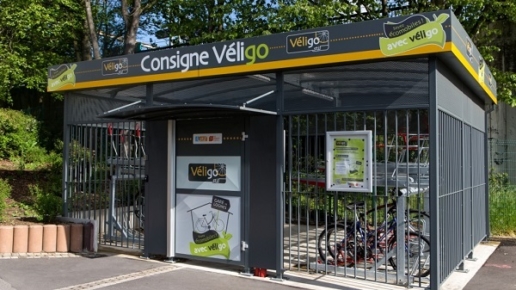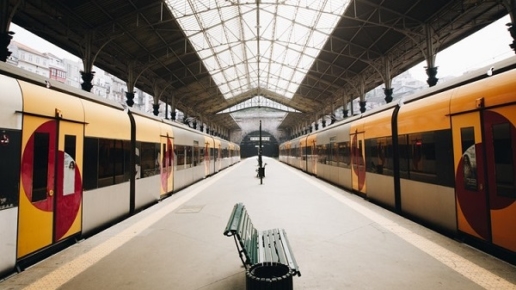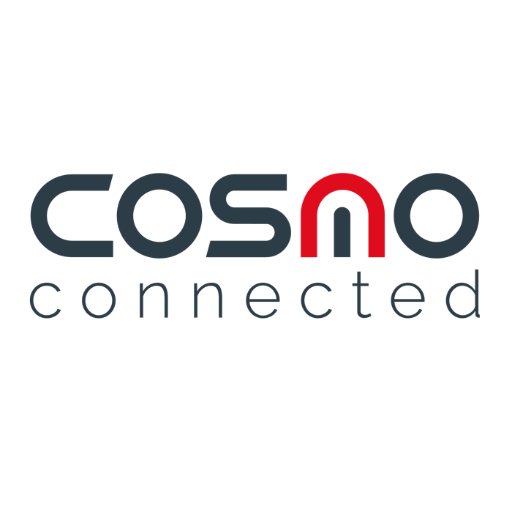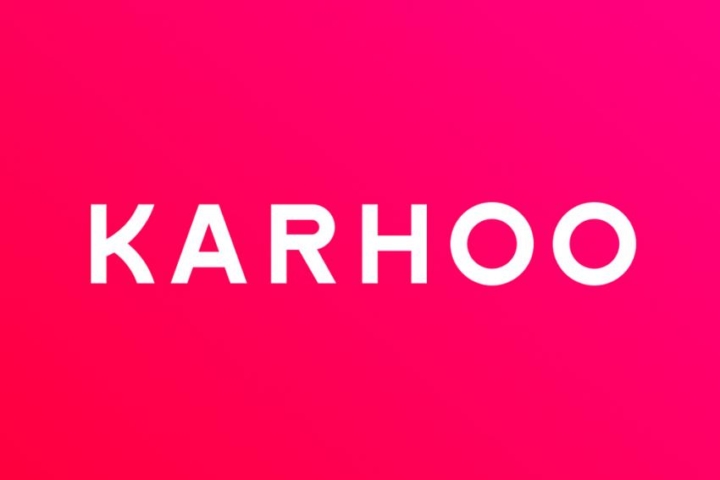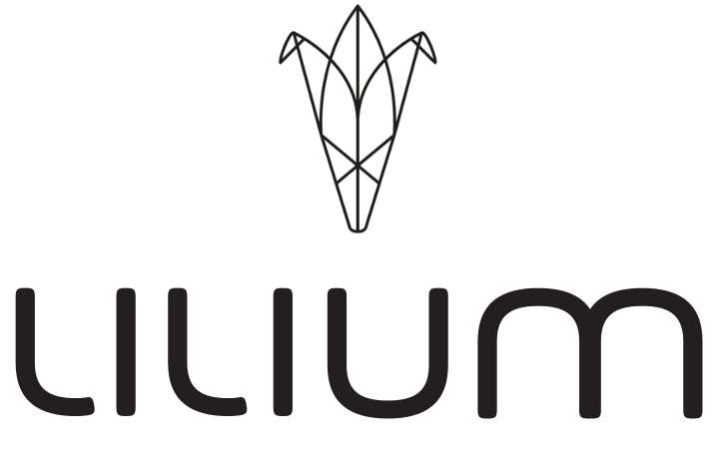When we think of “mobility”, and more specifically new mobilities, the first means that stand out are bicycles, scooters —both manual and electric— free-floating rental schemes, and micro-mobility in general. On the more technological side, connected—and above all, autonomous—vehicles spring to mind. These types of mobility: soft, shared, or autonomous, are in line with the times and are often seen in the headlines.
But innovation in mobility is not limited to such subjects, as was reflected at the Vivatech trade show! The mobility sector is hot to the point of bubbling over. Players that were once far removed from the subject now find themselves involved and in a position to respond to certain challenges facing society. While it is difficult to predict the future, one thing is sure: the sector is bustling and will continue to be over the coming years!
Finding success by opening up to the ecosystem
Between regions, equipment manufacturers and car makers, the giants of the tech world, energy companies, and of course transport operators, a great many labs hosted startups contributing to or dedicated to mobility! Whereas in the past these players could isolate themselves in the transport sector, nowadays they are working with each other and startups to reinvent mobility. The ongoing changes in that field are often summed up in four words:
Connected
Shared
Autonomous
Electric
To build these four foundations of contemporary mobility, working in isolation is no longer an option. Collaborations up and down the value chain are crucial, whether to take advantage of different technologies, infrastructure and equipment, development models, or operational agility. New mobility solutions must offer a turnkey service to survive in a sector where competition is heating up. Considering the value chain as a whole has become a key factor for success, and a comprehensive service can now only be provided through partnerships.

Thierry Bollore
CEO of Renault
We think of the American tech giants as suppliers and partners; they do not represent a threat.
Véligo benefits from the grouping together of La Poste, Transdev, Velogik and Cyclez, united under the banner of Île-de-France Mobilités. The group has created a company called Fluow to set up and operate its electric bicycle service on a long-term rental basis.
SNCF, for its part, is launching a partnership with the startup Karhoo (Renault group) to offer an affordable chauffeur-driven car service, for set periods, based at several major train stations. The service will be offered on the OUI.sncf platform and can be booked at the same time as the train ticket
This is the type of mobility service that more and more players want to provide. “Mobility as a service” (MaaS) means giving the client the means to get from point A to point B, by proposing a route, all the modes of transport necessary for the journey, and a centralized payment system on a single platform. Mobility is now a service that involves multiple providers, and stakeholders are banding together to provide it.
Addressing societal challenges through innovation
At Vivatech, mobility offered solutions to several major societal challenges through technological innovations and startups: the environment, accessibility, and road safety.
According to a study conducted by ELABE for Wavestone on the mobility of tomorrow, respondents stated that, as a priority, it should be:
- Affordable
- Accessible to all
- Environmentally friendly
In France, the transport sector is the worst offender in terms of carbon emissions, so thinking about cleaner ways to get around is a significant challenge. The 4th mobility revolution is well and truly underway.
- ENGIE offers new charging stations to make it easier to charge electric vehicles. These stations have built-in intelligence that lets them manage and above all modulate the delivered power.
- Lilium presented its all-electric “air taxi” that will be “accessible to all”, while Citroën presented two concept cars, including AMI One, an electric vehicle that will be offered in a car-sharing service.
And to ensure accessibility for all?
- Streetco is a collaborative pedestrian GPS that allows users to post alerts about obstacles in a city and so make it easier for people with reduced mobility to get around. Handiplanet is another service that offers travel experiences based on a person’s mobility.
And when the tech4good principle is applied to mobility, the labs were able to come up with new and inventive uses, particularly in relation to road safety.
- One such lab at the RATP stand was Innov+, which presented TOUCANGO, a system that uses facial recognition technology to analyze drowsiness at the wheel and alert the driver.
- Cosmo connected, a small connected light box that clips on to a helmet or a bike. It lights up when the cyclist slows down or turns and connects to the user’s phone to call the emergency services or send a message to someone in the event of an accident.
This is the underlying principle of “Tech4good”, which was prominent at this edition of Vivatech; namely, using technology for the benefit of society.
A recurring theme: meeting users' needs?
There are currently two major factors improving the passenger experience and setting a trend for future mobility. The first is data; a goldmine with the potential to make urban mobility a fluid, seamless, and stress-free experience. A great many startups are offering innovative and high-performance technologies based on the exploitation of data.
Smart Flows promises to increase passenger satisfaction in transport hubs by analyzing data flows, thereby paving the way to better passenger information. Open Capacity is a company that uses machine learning to construct predictive models based on the use of public transport.
Machine learning, artificial intelligence, big data… These constitute the classic domains of digital innovation that have a real capacity to capture, optimize, and utilize freely available data—as well as data provided by users—to make recommendations and improve daily journeys for commuters. Yet some of those uses raise a number of ethical questions about the collection and use of data, as well as the choices that can be made by another form of intelligence; the artificial kind. Here we arrive at the conundrum of autonomous vehicles having to make decisions instead of humans.

Garry Kasparov
Security Ambassador - Avast
AI can be no more ethical than we are as humans. It will inherit our flaws, our mistakes, and our inconsistencies. Complaining that AI would be unethical is a bit like complaining about the image in a mirror.
But improving the travel experience can simply mean listening to clients! Understanding what a user is looking for during a journey, how they are feeling and the different physical and emotional stages they go through, is key to offering them the right service. Alexandre Viros, CEO of OUI.sncf stated that: “Today we know our products much better than our clients. We are working together, through the website but also in our offices, to try to reinvent the client experience.”
- New services: micro-mobility (the Bolt Nano electric mini-car for car sharing and rental), predictive intelligence for enhanced passenger information, or digitalized and centralized ticketing on a multimodal platform
- Electric vehicles: a new generation of batteries could appear on the market, the "solid-state" SAFT lithium-ion batteries, as early as 2024
- Autonomy: autonomous vehicles are still very much on the agenda, including a concept car from Citroen that offers on-board comfort (seats that almost fully recline), and with a range of 800km
- Air transport (flying taxis): a promise for the next decade; that of freeing up urban space
After shared, connected, electric, and autonomous… what is the next innovation? A 5th revolution in mobility is emerging, that of air transport with “flying cars” and “air taxis”. While urban mobility seems to be really taking off, it should not be forgotten that it supplements the transport services already available to city dwellers. Mobility must be considered as a whole, any new offer must be able to integrate seamlessly into the existing system, particularly public transport.
Focus on some startups
Cosmo Connected offers a connected brake light for cyclists and motorcyclists that clips on to the helmet or directly on to the bike. It responds to the user’s movements and lights up when needed: either braking or turning. It can be configured as a position light or a hazard light, and it can detect accidents and alert relatives or emergency services in less than five minutes.
A tool for comparing taxis, chauffeur-driven cars, and independent drivers to find the best offer on a given route. Karhoo now belongs to Renault and recently announced a partnership with SNCF that will make it available at roughly 100 train stations. The startup will be featured on the OUI.sncf website, so that users can book taxis when purchasing a train ticket!
A service for collecting, processing, and utilizing data in the form of data-visualization for transport hubs (train stations, airports, etc.) The solution is compatible with many types of platform and operating systems and can be adapted to existing networks: Wi-Fi, Bluetooth, 3G/4G, etc.
Analyzing passenger flows allows Smart Flows to do three things:
- Provide passenger information
- Reduce operating costs
- Increase turnover at these hubs by offering recommendations, such as how to optimize the deployment of staff based on passenger traffic
Enabling a world where everyone can fly anywhere, anytime is what this startup promises. And their electric flying taxi has already passed flight tests! With a range of 300km, and capable of flying at 300km/h, their vehicle could be transporting passengers from one city to another within 10 years. And as a fully electric vehicle with 36 motors, it answers to environmental concerns too.
